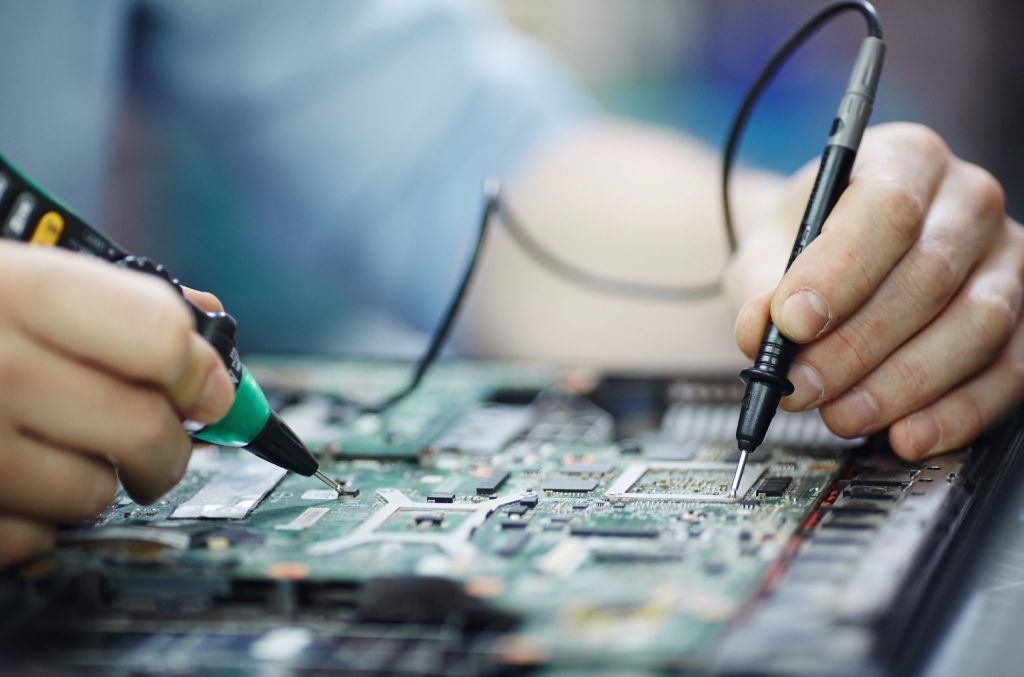How do you know whether your product will endure? And why would you want to build long-lasting designs when the market steers you towards efficient, disposable items and short-term gains? In this blog, we wanted to take a brief look at what designing future products to last means and how you can create successful, enduring designs.
The Right to Repair
The right to repair regulations were introduced in the UK in 2021. These regulations aim to ensure that once you own something, you have the freedom to do what you want with that product, i.e., repairs, upgrades, and alterations. Similar rules were also brought into US legislation via President Biden’s executive order in July 2021. Although each state in the US has the right to set their own laws in place regarding the right to repair, these broad developments in the US and the UK that come from the top are indicative of the growth and development of the right to repair movement around the world.
The right to repair movement has been gaining in popularity for years. For example, IFixit, an American e-commerce and how-to website that sells repair parts and publishes free wiki-like online repair guides for consumer electronics and gadgets has over 3 million members and has been steadily growing for years.
In July 2021, the Federal Trade Commission (FTC) unanimously voted to approve a policy statement announcing increased antitrust and consumer protection enforcement against business practices that make it difficult for consumers to repair their own products or use independent repair shops. Businesses will have to be aware that as they design new products, their users will be empowered to make their own alterations.
It is also important to note that the right to repair isn’t just physical. This repair applies to digital products and services and ensures that users have the right to download and change how the product functions to their liking. These changes should encourage designers to alter their approach and create designs capable of lasting and evolving. By all indications, the right to repair is here to stay.
 Designing for the Future
Designing for the Future
Is your product robust? Will consumers be able to use your product in five years in the same way that they use it today? When we design products, we should be thinking about how we are contributing to a culture of e-waste. We must think about the lifecycle of our products and how the life cycle can be improved and extended. Designing for the future means designing products that are long-lasting, modular, and capable of being disassembled. Making long-lasting products is by forging an emotional connection with the consumer. If you can create something, authentic users will be more likely to care about it and prefer to repair it rather than throwing it out. This isn’t solely a designer problem. Consumers will also need to adjust their attitude towards products and not always choose the latest and greatest thing.
On the design side, repairable items capable of being disassembled will also help extend the life cycle of your designs. Indeed, modular devices that allow users to swap out faulty components for new ones will enable consumers to fully understand the structure and keep them functioning long after buying them. Please take a look at companies like Frameworks and Fairphone, which will allow modularity in their devices and empower their consumers to take ownership of their products. There are limits to this route when it comes to proprietary information, designs, or software; however, it is still an idea that is worth thinking about if you are hoping to design for the future.

Documentation is Key
Companies should create guides and manuals that provide a step-by-step walkthrough of how to disassemble and reassemble their devices. Similar to manuals for IKEA furniture or toy models, this documentation should be user-friendly, engaging and allow users to interact with your product to extend its shelf life.
You could include illustrations or QR codes that link to video tutorials and simple instructional videos. You can even allow consumers to publish their own documentation online about their own alterations. This will help to create a community around your designs that can grow organically and evolve into something unexpected.
Then you should nurture the ecosystem that has developed around your product. If your device needs special tools or instructions, make sure that they are as accessible as possible. As you engage with your consumer through this documentation, you will be able to show that you care about your product and you’re excited about the potential of your design when it’s in the hands of users. All of this will help to show the flexibility and value of your product in the long term.
Products that Last
It is clear that the landscape for product design is changing. Businesses must keep their fingers on the pulse of the industry and users if they want to succeed.
Whether it is with the right to repair, designing lasting products, or creating a community around your product, designers have a lot to pay attention to today if they want to create something that endures and improves the lives of their users.
It is exciting to think about the products that await us in the future. If you want to be at the forefront of this next wave of change, get in contact with our design, UI, and UX experts at Radiant digital.


